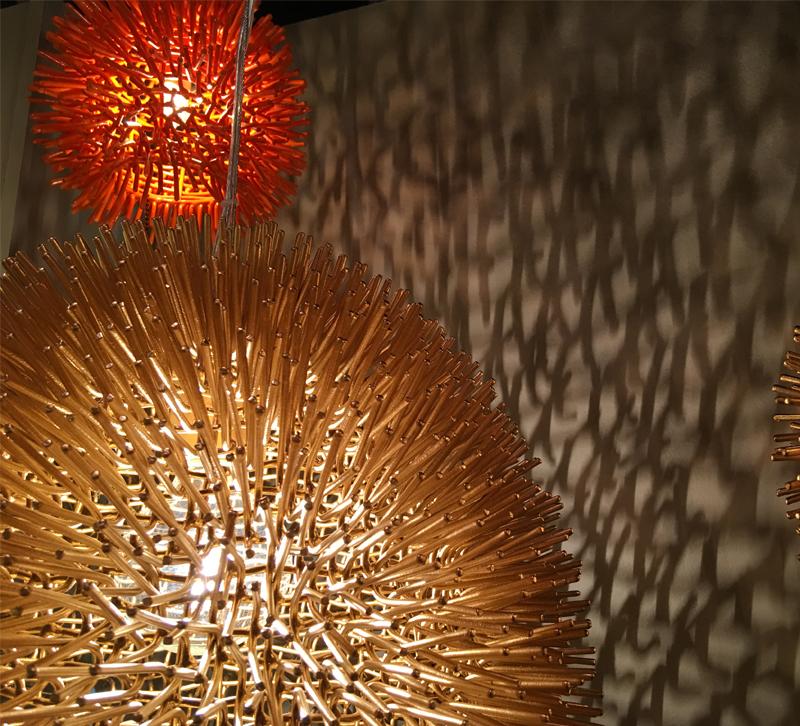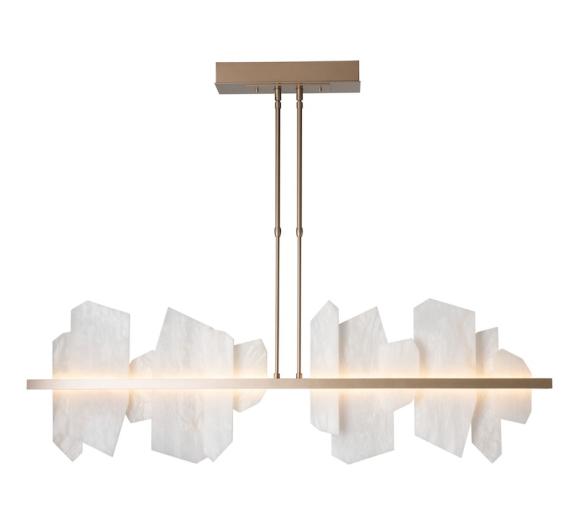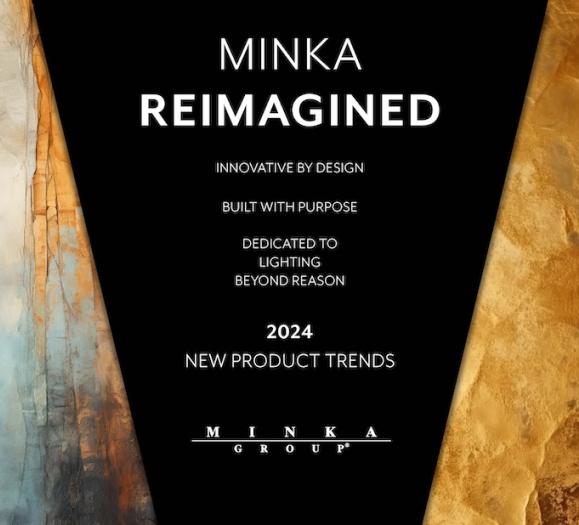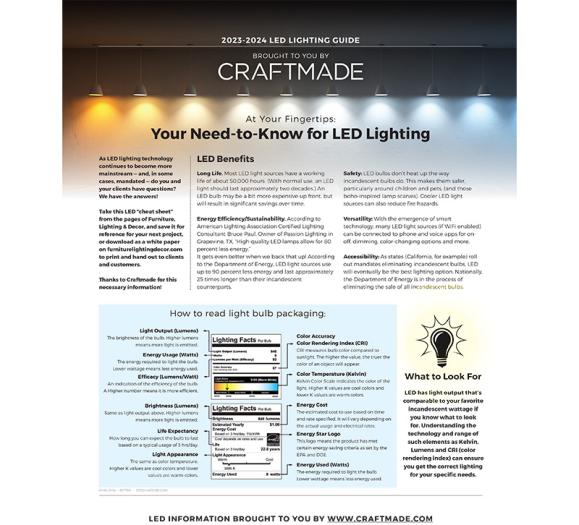How do you know when to use a clear bulb or frosted bulb?
There are no hard and fast rules, but luckily you’ve asked somebody who has strong opinions.
First off, just to be confusing, light bulbs are called "lamps" in the industry. Not to be mixed up with table lamps, which we in industry call "portable luminaires." You’re welcome. For the purposes of clarity and normalcy, I will refer to them as light bulbs.
If you have a chandelier, pendant fixture or wall sconce that uses shades, then I would recommend a frosted light bulb. If you use a clear bulb then you’ll cast filament striations onto the fabric, which will make it look dirty or stained. Although, if you have a fixture with a perforated metal shade or a cut paper shade I would have you consider a transparent lightbulb so that you can project the pattern of light onto the walls and ceiling.
If the light fixture you selected doesn’t have shades, leaving the bulbs exposed, then you do have some aesthetic decisions to make. Frosted light bulbs are certainly easier on the eyes, but they don’t have that visual sparkle you get from a transparent lightbulb. A lot of chandeliers out there have many, so dimmable bulbs are the way to go.
What is available on the market now are LED flame tip or torpedo shaped bulbs (what we call B10’s). The earlier beta versions of these bulbs had a thick white base to hide the LED components. Now you can get these bulbs in shapes that look very much like traditional incandescent versions, without the clunky white bases.
Clear and Frosted LED Bulbs
The other relatively new products on the market are filament LEDs. The filament LEDs are surprisingly attractive. And they do create that visual sparkle that draws people into a room without being so bright that they become uncomfortable. These come in traditional bulb shapes and old fashion shapes. These are often referred to as LED Edison bulbs because they're the shapes that were the first to be introduced in the market when electricity was no longer considered a fad.
These LED versions can greatly reduce your power consumption. For example, an LED bulb that produces the lumen output equivalent to that of a 40W incandescent bulb only consumes 8.5W worth of power. While an LED bulb that produces the equivalent of a 25W of light consumes only 4W of power. It can really make a difference when you have a chandelier that has a dozen or more arms.
Another advantage is that these LED versions have a nice long life to them. These are in the 25,000-hour range which equates to about 17 years for bulbs that are on for eight hours a day. These are also available in dimmable versions so that you can create an alluring glow instead of a blast of illumination. This long life is especially beneficial if the chandeliers are hanging high in a room with a tall or vaulted ceiling. Not having to change those bulbs for years really cuts down on maintenance and the chance of you or somebody falling from a ladder.
What we are now seeing are household bulbs (we call them A-lamps in the industry, don’t ask me why) and reflector bulbs (R-lamps and PAR lamps) that have warm-dim technology, which is the ability to appear that they are getting warmer in color as they are dimmed. I have not yet seen flame-tipped or B-10’s that offer this option. For this reason, I would like to recommend picking a color temperature it is in the 2400K to 2150K.
Quick Guide
Here is a quick guide: Incandescent light at full blast is 2700K. It will feel too white in color, especially when it's dimmed, since the color of the light stays the same. Only the intensity of the light changes. I particularly like 2400K, which is the color of incandescent dimmed down to 50 percent. Another rather delicious color is 2150K, which is the color of candlelight. My recommendation here is to pick the color that feels right to you and then raise or lower the light level to dial in the ambiance that you'd like to create.
As you’ve heard me say before, do look for bulbs that have a CRI of 90 or higher. This tells you how close the color is to the quality of incandescent light, which has a color rendering index of 100.
I hope that I have made myself clear, I just don’t want to frost your opinion.







